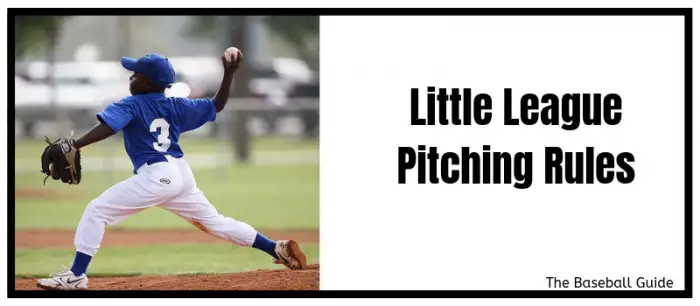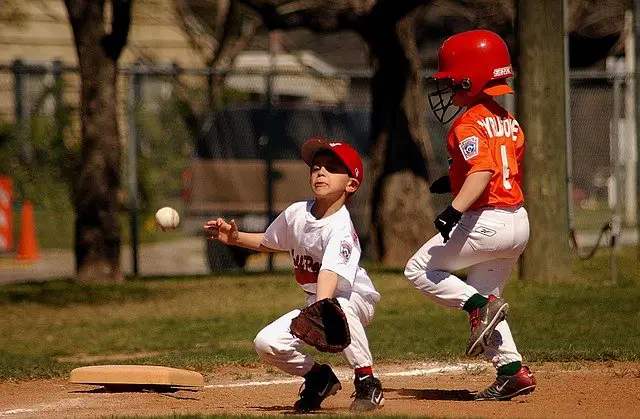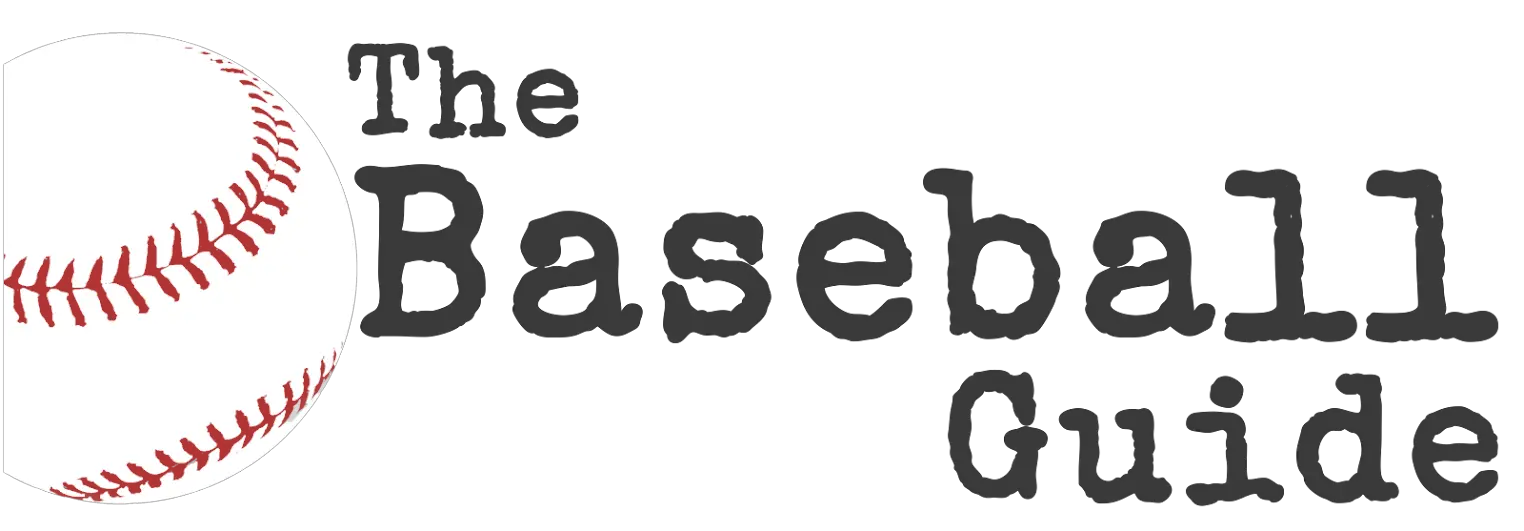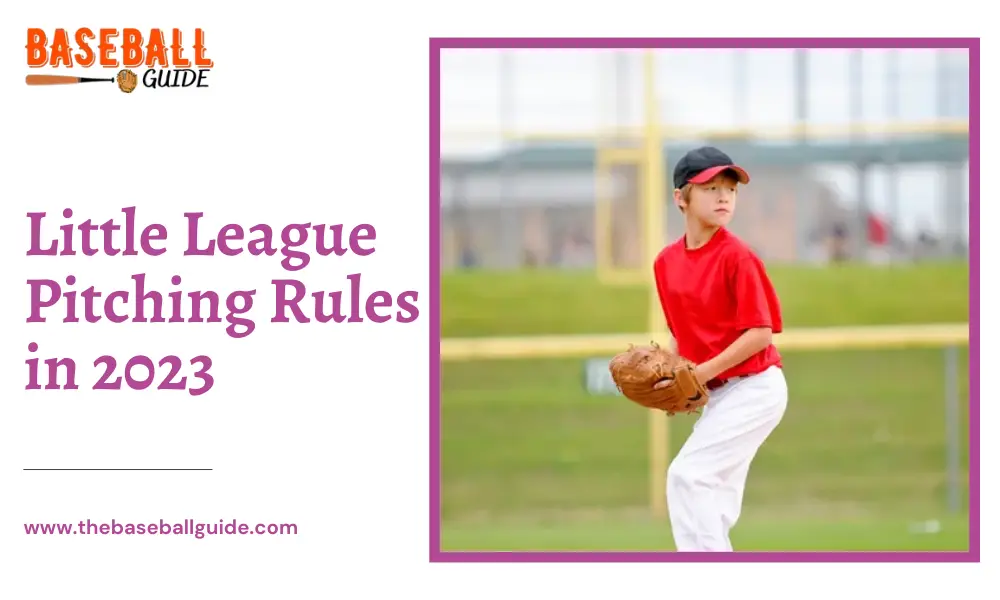Baseball is one of the most popular bat and ball games in the world. It first originated in America but eventually became popular all over the world.
The game is played between two teams composed of nine players each. Each of these teams then takes turns batting and fielding. The team with the highest score, in the end, wins the game.
It is a fun and exciting sport, which has reeled in millions of players and supporters. People of all ages are in love with the game.
One such popular organization is known as Little League Baseball Inc., which organizes and encourages children all over the world to participate in and play baseball.
Little League baseball is one of the most popular youth sports in the world, with millions of kids participating each year.
One of the most important aspects of the game is pitching, and to ensure safety and fairness, Little League has established specific rules and regulations for pitchers.
In this article, we will go over the Little League pitching rules for 2023, including important changes and updates.
What is Little League Baseball Inc.?
Little League Baseball and Softball, officially known as Little League Baseball Inc. is a 501 non-profit organization based in South Williamsport, Pennsylvania, US.
The organization exists to organize local youth baseball and softball leagues for children between 4 to 16 years of age throughout the United States and the rest of the world.
It was first established in the year 1939 by Carl Stotz as a three-team league and has now grown into an international organization with over 180,000 teams participating worldwide.
As of now, Little League Baseball Inc. is the largest organization that organizes youth sports in the world.
Little League now organizes 9 events every year, including its most popular event known as the Little League Baseball World Series, which is held every year in the month of August in South Williamsport, Pennsylvania.
Local and regional tournaments are organized in the United States and the rest of the world that lead the winning teams to the World Series.
With Courage, Character, and Loyalty as the organization’s motto, Little League encourages youth children to participate in various sports leagues held by the organization.
Little League has a carefully designed age group division which allows them to be eligible for the sports and leagues in that age criteria.
Many popular senior baseball players have first played in the Little League tournaments and then climbed the ranks of the senior baseball division.
In simple words, playing in the Little League baseball tournaments will increase the chances of recognition in the major baseball league.
Overview of Little League Pitching Rules
The Little League pitching rules are designed to protect young pitchers from injury and ensure that games are fair and competitive. Here is an overview of the basic pitching rules for Little League:
Age Requirements
- The age range for Little League is typically between 4-18 years old.
- The pitching rules vary depending on the age group, with different pitch counts and rest requirements.
Pitch Counts
- The maximum number of pitches a pitcher can throw in a game varies depending on the age group.
- In 2023, Little League updated the pitch count limits for some age groups, based on recommendations from medical professionals.
Rest Requirements
- After pitching a certain number of pitches, a pitcher must rest for a certain number of days before pitching again.
- The rest requirements vary depending on the number of pitches thrown and the age group of the pitcher.
Other Rules
- Little League has several other rules related to pitching, including rules on balks, quick pitches, and the use of foreign substances.
- Umpires are responsible for enforcing the pitching rules during games.
Little League Pitching Rules in 2023

Little League Pitching Rules by Age Group
As previously mentioned, the pitching rules for Little League vary depending on the age group of the players. Here is a breakdown of the pitching rules for each age group, updated for 2023:
Tee Ball (4-6 years old)
- No pitching is allowed in Tee Ball.
Coach Pitch (7-8 years old)
- Coaches pitch to batters in Coach Pitch.
- No pitcher is used during games.
Minor League (9-10 years old)
- The maximum pitch count per game is 75 pitches.
- A pitcher can only pitch a maximum of 4 innings per game.
- If a pitcher throws 51-75 pitches in a game, they must rest for 2 days before pitching again.
- If a pitcher throws 1-50 pitches in a game, they must rest for 1 day before pitching again.
Major League (11-12 years old)
- The maximum pitch count per game is 85 pitches.
- A pitcher can only pitch a maximum of 6 innings per game.
- If a pitcher throws 66-85 pitches in a game, they must rest for 2 days before pitching again.
- If a pitcher throws 1-65 pitches in a game, they must rest for 1 day before pitching again.
Junior League (13-14 years old)
- The maximum pitch count per game is 95 pitches.
- A pitcher can only pitch a maximum of 7 innings per game.
- If a pitcher throws 76-95 pitches in a game, they must rest for 2 days before pitching again.
- If a pitcher throws 1-75 pitches in a game, they must rest for 1 day before pitching again.

Senior League (15-16 years old)
- The maximum pitch count per game is 105 pitches.
- A pitcher can only pitch a maximum of 7 innings per game.
- If a pitcher throws 86-105 pitches in a game, they must rest for 2 days before pitching again.
- If a pitcher throws 1-85 pitches in a game, they must rest for 1 day before pitching again.
Big League (17-18 years old)
- The maximum pitch count per game is 120 pitches.
- A pitcher can only pitch a maximum of 7 innings per game.
- If a pitcher throws 106-120 pitches in a game, they must rest for 2 days before pitching again.
- If a pitcher throws 1-105 pitches in a game, they must rest for 1 day before pitching again.
Updates to Little League Pitching Rules for 2023
In 2023, Little League has made several important updates to the pitching rules for certain age groups. Here are the updates:
Minor League
- The maximum pitch count per game has been increased from 50 to 75 pitches.
- The maximum number of innings a pitcher can throw in a game has been increased from 3 to 4.
Major League
- The maximum pitch count per game has been increased from 75 to 85 pitches.
- The maximum number of innings a pitcher can throw in a game has been increased from 5 to 6.
Junior League
- The maximum pitch count per game has been increased from 85 to 95 pitches.
- The maximum number of innings a pitcher can throw in a game has been increased from 6 to 7.
Senior League
- The maximum pitch count per game has been increased from 95 to 105 pitches.
- The maximum number of innings a pitcher can throw in a game has been decreased from 9 to 7.
These updates are based on recommendations from medical professionals and are designed to balance safety and competitiveness.

-
What is the maximum pitch count for a Little League game in 2023?
The maximum pitch count varies depending on the age group, ranging from 75 pitches for Minor League to 120 pitches for Big League.
-
Can a pitcher pitch in consecutive games?
A pitcher must rest for a certain number of days depending on the number of pitches thrown in the previous game.
-
What happens if a pitcher exceeds the maximum pitch count in a game?
The pitcher must be removed from the game immediately.
-
Are there any rules on the types of pitches a pitcher can throw?
Little League does not have any specific rules on pitch types, but pitchers should not use any foreign substances on the ball.
-
What is the penalty for a balk?
If a pitcher commits a balk, any runners on base are awarded one base.
Conclusion
Little League pitching rules are essential for ensuring safety and fairness in the game of baseball.
With the updates for 2023, Little League continues to prioritize the well-being of young pitchers while allowing them to compete at a high level.
Coaches, parents, and players should familiarize themselves with the pitching rules for their age group to ensure a positive and enjoyable experience on the diamond.
Little League Baseball is an organization that has encouraged a large number of youth players to participate and play in the leagues.
It is the largest sports organization in the world that promotes sports for youth children all over the world.
Little League Baseball is very professional in whatever league it organizes and has carefully laid rules and regulations to avoid any type of malpractice in the game.
All these rules must be followed by every player, team manager, umpires, and any other game official.

